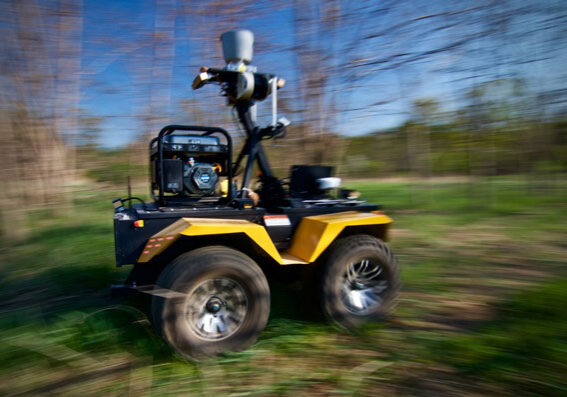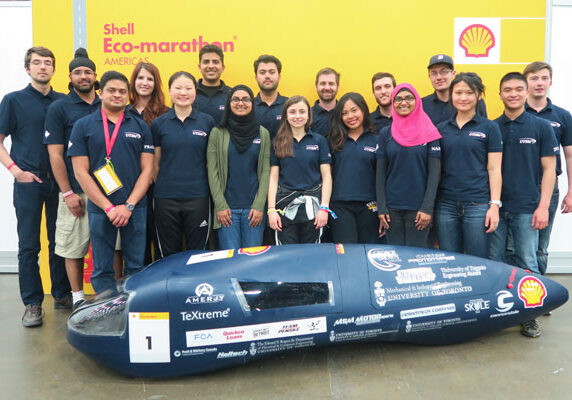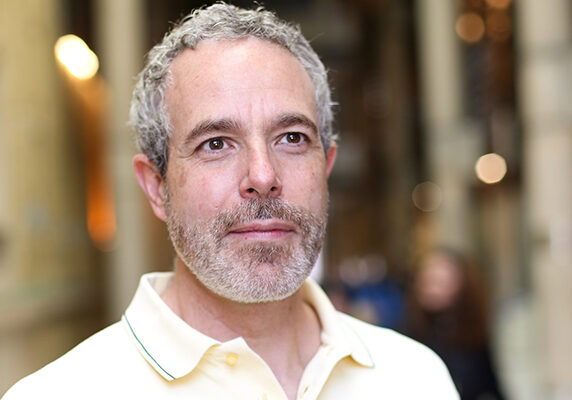
Brendan Frey wins Invention of the Year award
Team recognized for combining artificial intelligence and genomic medicine to create DeepBind, the first-ever deep-learning application for determining the specificities of DNA- and RNA-binding proteins
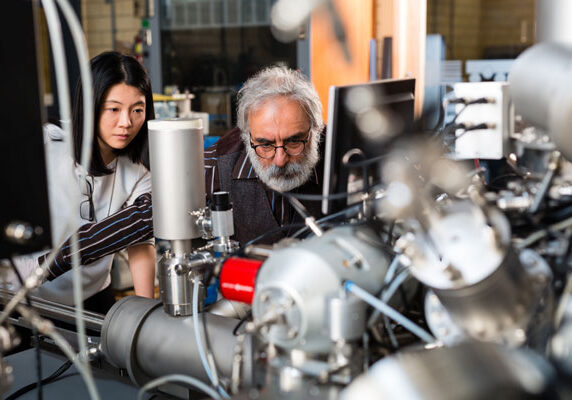
OCCAM: Advancing research from the depths of the ocean to outer space
The Ontario Centre for the Characterization of Advanced Materials (OCCAM) — a $20 million analytical laboratory at U of T Engineering — has officially unveiled its newest machines and is ready to take on new industrial partnerships
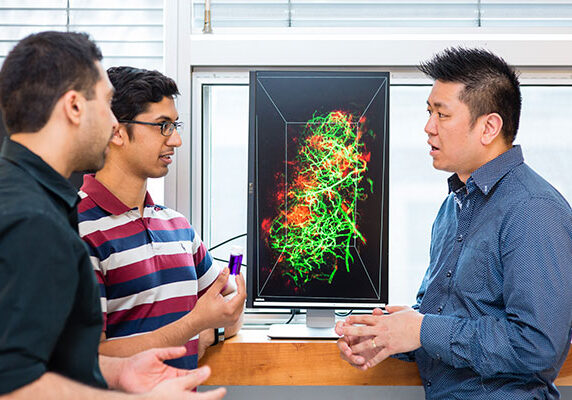
Tracking nanoparticles with transparent organs to help fight cancer and other diseases
An improved technique for clarifying organs can help researchers learn how nanoparticles might be used to diagnose or treat diseases like cancer
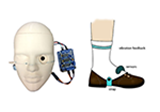
Two innovative biomedical devices from the Hammers & Nails Initiative
Collaboration with SickKids leverages engineering design to solve everyday challenges in hospitals
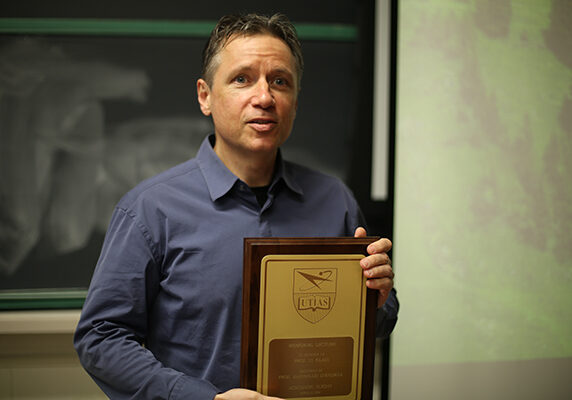
Alumnus Raffaello D’Andrea reveals the magic in his machinery at the 2016 I.I. Glass Lecture
On April 25, 2016, a near capacity crowd gathered at UTIAS as Prof. Raffaello D’Andrea delivered the I.I. Glass Lecture and discucussed flying machines
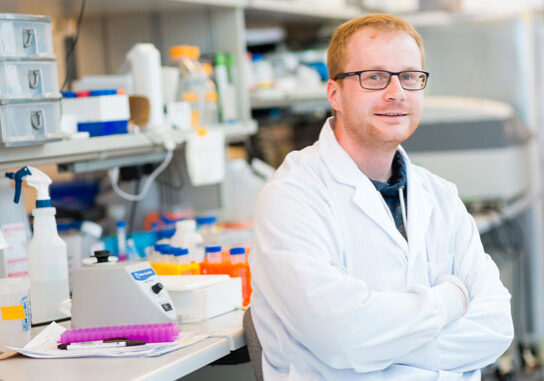
How many nanoparticle-based drugs reach tumours? Less than one per cent, U of T Engineering study shows
“Reality check” meta-analysis published in Nature Reviews Materials reveals that only 0.7 per cent of designer nanoparticles reach their intended target

